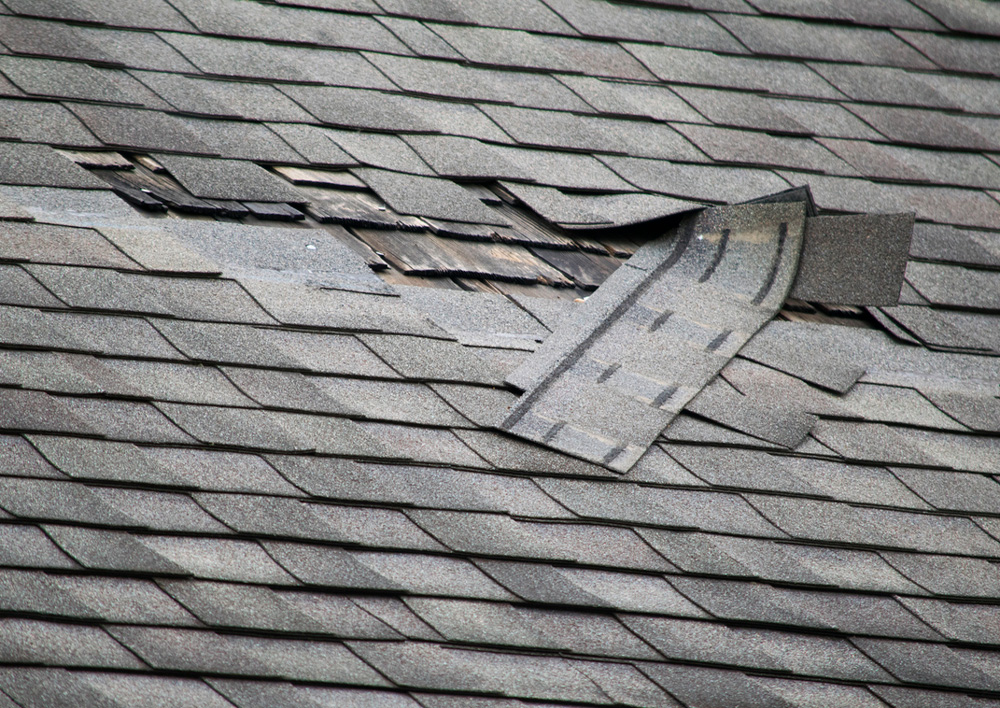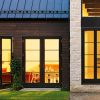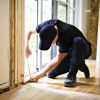Most people rarely spend their time up on the roof of their home, so how do they know when they should repair or replace their roof? This is a common question among homeowners, and the simple answer is that there isn’t a simple answer. You’ll need to know what to look for when it comes to your roof and how often to inspect it.
What Contributes to Roof Damage?
Condensation: A poorly ventilated attic is the main reason for condensation. This is caused by a large temperature difference between the attic air and the outside air. If your attic doesn’t have adequate ventilation, it will need to be fixed as soon as possible.
Sun: Sun exposure is harsh and can cause roofing materials to deteriorate slowly. A roof with a southern exposure is especially at risk.
Wind: Large gusts or prolonged periods of high winds can lift the edges of roof shingles and cause water or other unwanted elements to seep in underneath. This can eventually cause rotting and mold.
Trees and leaves: Tree branches blown by the wind can often become lodged under shingles or damage them. Leaves on a roof surface can sometimes hold in moisture and cause rotting, mold or gutter blockages.
Rain: When shingles are missing or damaged, water can get in and cause damage to the inside of your home such as ceilings, walls, insulation and electrical systems.
Snow and ice: Ice dams often form when melting snow re-freezes at a roof’s overhang. When this happens, water can back up under the shingles and seep into the interior of the home.
Repairing Parts of Your Roof
Replacing shingles due to damage is relatively easy and inexpensive. Torn or damaged shingles can be removed, and new ones can be added. Keep in mind that if you have an older roof, your patch job may not match the existing roof. However, if the repair extends the life of your current roof, it may be worth it.
If the damage is more significant, but confined to one side of the roof, partial re-roofing is an option that will cost much less than redoing the entire roof. Repairing an entire section of roofing will also make color differences less noticeable.
Roof Replacement Checklist
There are several factors to consider when trying to decide if you need to replace your roof. In most cases, your house will give you subtle clues before water comes pouring in through the ceiling. Here are some things to look for:
Moisture: Inspect your interior walls closely for any signs of peeling paint or brown marks and stains. These can be signs of water coming in from the roof. If there is extensive moisture damage, you should consider a full roof replacement.
Missing or damaged shingles: There are many factors that could cause shingles to be damaged or completely missing. If more than 30 percent of the entire roof is damaged, consider a full roof replacement.
Recent catastrophe: Did any damage occur as a result of harsh weather such as a hail storm or tornado? If so, then you should consider replacing the entire roof. Most of the time, there’s damage below what you can see.
Age: How old is your roof? Its lifespan can vary greatly depending on what type of roofing material you have:
Asphalt shingles: These are the most commonly used roofing materials and they usually last between 15 and 20 years. Some of the newer asphalt shingles are of high quality and can last for up to 40 years.
Slate shingles: Although slate is more expensive, it’s durable and highly resistant to the elements. Slate roofs can often be expected to last for up to 100 years, making it a good choice in standing up against Kansas weather.
Wood shingles: These are generally made from cedar, pine or redwood, and can last at least 15 years or more.
Metal and aluminum: These used to be a common roofing material for commercial buildings, but now they’re becoming popular for residential applications as well. These roofs can last for hundreds of years and can stand up to the toughest storms.
Clay or concrete: Another extremely durable roofing material is clay or concrete tile. Clay roofs stand up against damage and can last hundreds of years.
Roof Replacement: Tear Off or Roof Over?
If you made the decision to replace your entire roof, you’ll also have to decide whether to install your new roof over the existing one or whether to tear the old one off first. By installing a new roof over your existing roof, you may save money now but you are risking a higher expense down the road.
If you already have a roof placed over the old roof, the decision is made for you. The International Residential Code (R907.3) says that you cannot put a new roof over two applications of any type of roof covering. This is mainly for your safety due to the weight on the home’s structure. While a shingle may not feel heavy, a whole roof covered in them will add a significant amount of weight.
If you have only one layer of asphalt shingles, you can choose to have them removed before a new roof is installed. This is the “correct” way to have a new roof installed, and it could save you money in the long run. If you live in an area that is subject to high winds, keep in mind that shingles will hold better if fastened directly to the roof deck.
How Often Do I Need to Inspect My Roof?
The National Roofing Contractors Association recommends you self-check your home’s roof at least twice a year in addition to professional inspections. An asphalt or composite shingle roof needs professional inspection about every three years, as does a wooden shingle roof, while a tile roof can go up to five years between inspections.
If you are not sure what kind of treatment your roof needs, enlist the help of an experienced roofer. Call Precision at 816-524-8999 or 913-649-1199 for a free estimate.
About Precision Siding & Windows
Precision Siding & Windows offers premium replacement windows, siding, doors, garage doors, and installation. Our friendly, experienced staff arrives on time and works quickly to complete your home improvements or commercial construction including work on windows, doors, siding, guttering, and roofing.
With over 30 years of experience serving customers in Overland Park, Leawood, Parkville, Kansas City, Ottawa, Lee’s Summit, and even more areas within a 50-mile radius, we guarantee you’ll be satisfied with our high quality of work. Contact us for a free, no-pressure estimate to get started, and ask us about no-interest financing!














